GUANTANAMO PROVINCE
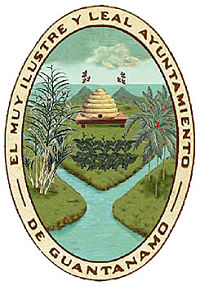
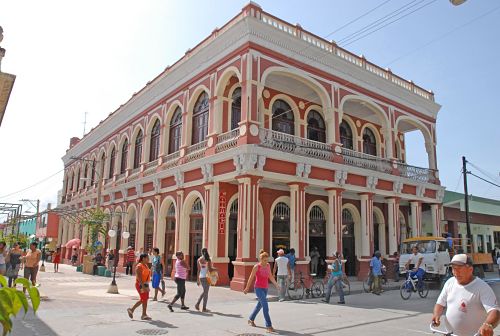 Guantánamo
Guantánamo is the easternmost province of Cuba. Its capital is the city of Guantanamo. The province borders the
US naval base at Guantanamo Bay. On arrival of the Spanish colonizers, its current territory was abundantly populated by aboriginal groups who had already baptized the region with the name
"Guantanamo", which means
"land between the rivers".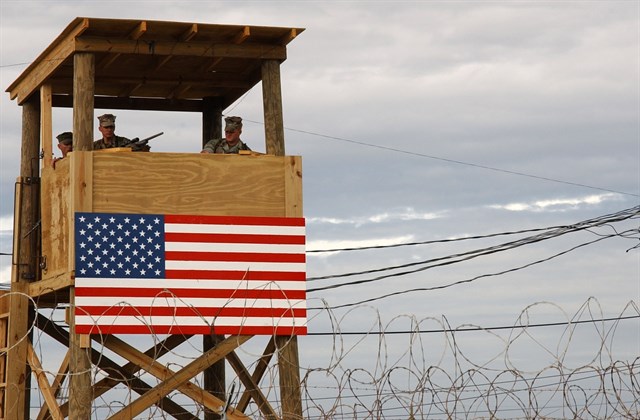
Perhaps the name
Guantanamo is most known in the world for being the site of the controversial
US Naval Base, established in
1898 and employed since 2001 as a prison to house hundreds of suspected terrorists.
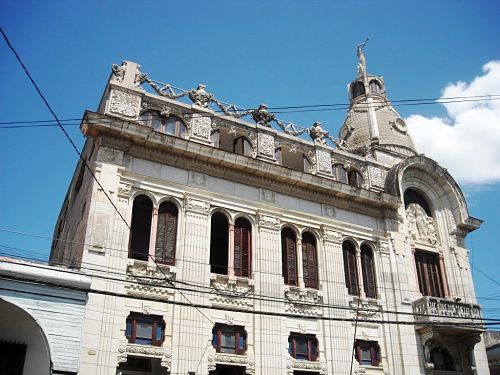
Guantanamo architecture and culture are different from the rest of Cuba. The province is only
80 km from Haiti at its closest point, across the Windward Passage. Guantánamo also has a high number of immigrants and descendants of
Jamaica, Haiti, Puerto Rico (Caribbean and West Indian) and French, which is why many buildings are comparable to the
French Quarter of New Orleans.
The most prominent sites in the region, from the point of view of nature tourism, are the
Reserve Biosphere Cuchillas del Toa and the Alejandro Humboldt National Park, which protect, together, an impressive variety of endemic species.
Guantanamo is an ideal place for those wishing to spend a quiet holiday amidst a rewarding natural retreat away from the hustle and platitudes tourism destination in Cuba.Baracoa town
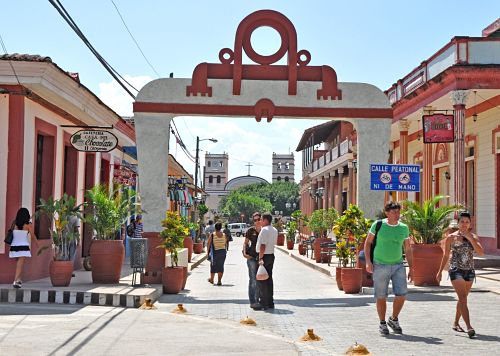
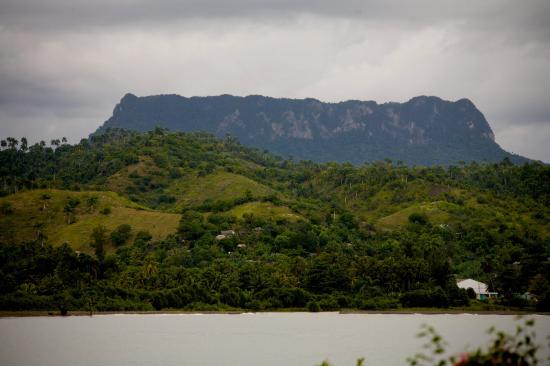
The first lines that tells the story about this fascinating region comes from one of the logbooks of Cristóbal Colón, describing it as:
"High and Square Mountain that seemed like an Island". The Genoese navigator was referring to the unique rock formation of
El Yunque, one of the
natural symbols of the region.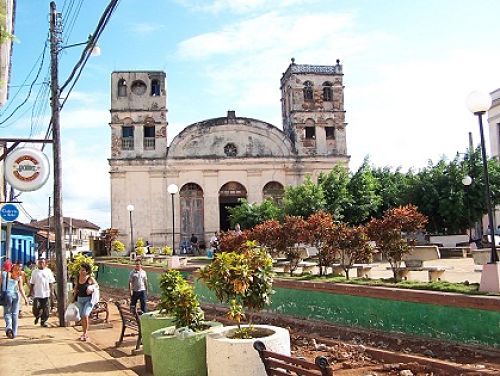
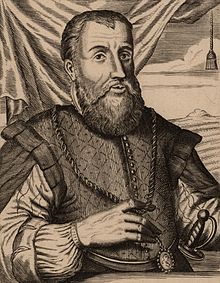
A few years later, in
1512, the famous Spanish conquistador Diego Velázquez founded the "
First Village of Cuba", which he baptized with the name of
Our Lady of the Assumption, located in the important chieftainship of
Baracoa. The famous
"First City" is the place where all the colonial history of Cuba begins.
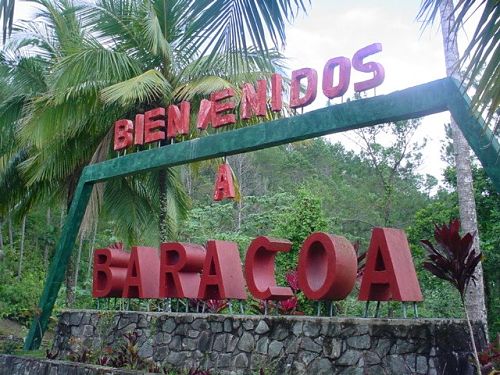
The place seems frozen in time. Even today you can witness the ancient charm of the early sixteenth century colonial houses with large windows with wooden balustrades, gates nailed a virgin landscape and rustic and attached to life the most authentic traditions. The villa was saved from pirates for three Spanish forts that currently fulfill other functions.
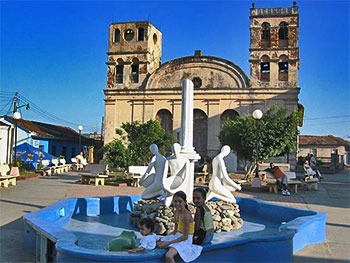
The urban scheme Baracoa has its hub at Calle Antonio Maceo, from which visitors can visit the busy
Independence Square, House of Trova, the famous statue of the Indian leader Hatuey, burned at the stake for refusing to embrace the Christian faith, and the , dating from
1833 and houses the
Cruz de la Parra, a relic of internationally renowned for its antiquity and historical significance.
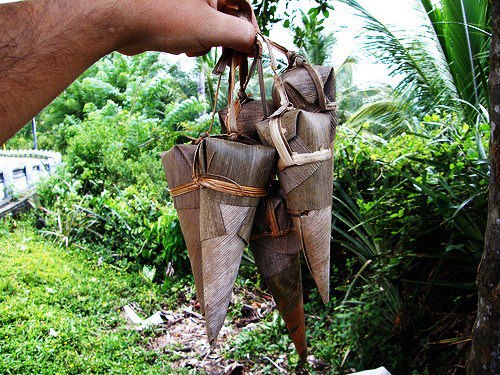
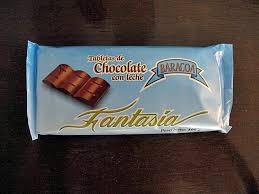
They also excel the
Archaeology Museum, for its huge and valuable collection of pieces, the
Chocolate Factory and the
Peanut Cornets Factory, whose entirely artisanal production processes astonish by its rustic authenticity.
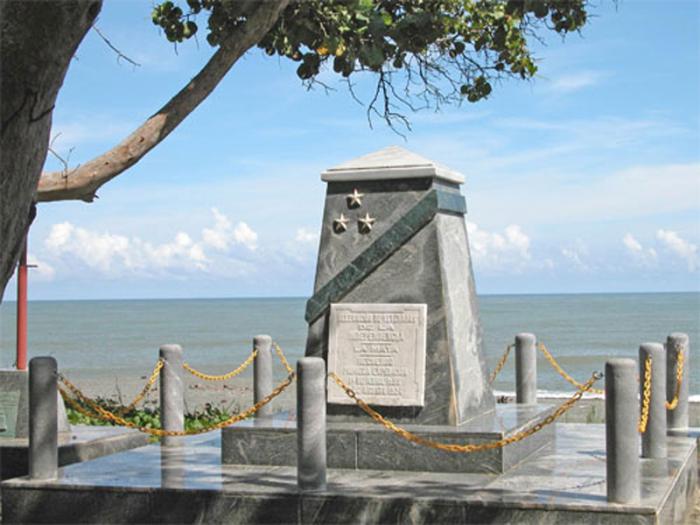
You can visit also the
Duaba Beach in Baracoa, site chosen for the landing of a patriotic expedition in 1895, the
Majayara Natural Park and
Biosphere Reserve Cuchillas del Toa.In an isolated region of eastern geography of the island, between spectacular mountain ranges and rustic beaches, bordered by almond trees, sea grapes and coconut palms, pristine village grows.
Baracoa is natural paradise and historical synthesis.
Guantanamo city
.jpg)
The region now occupied by the city of Guantanamo and the valley of the same name was abundantly populated by Aboriginal groups, hence its name Taíno origin, meaning
"Land between the Rivers". The first Spanish explorers in the region were
Christopher Columbus and Diego Velázquez, at a very early date. However, the town was founded in
1796, with the name of
Santa Catalina of Guantánamo, patron of the city. It would not be until
1870 that would reach the category of
Village.
Some buildings of interest are:
The Church of Santa Catalina; the
Old Spanish Barracks;
Policarpo Pineda Library, which previously functioned as town hall; and the famous
Salcines Palace Museum, former residence of the remarkable local architect Leticio Salcines, who, with his harmonic eclectic style, is the most representative of the city building.
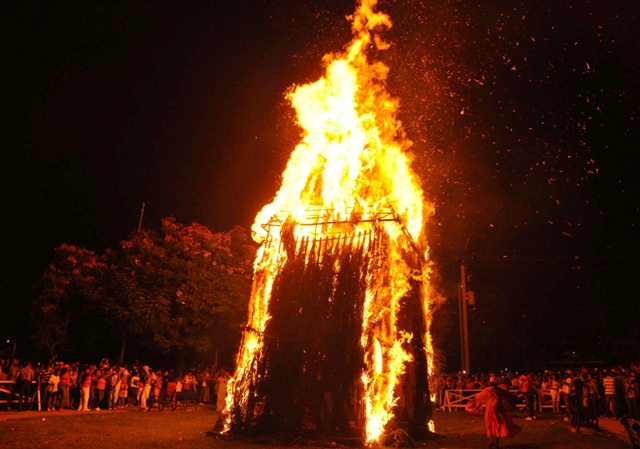
Moreover, the cultural factor ends up shaping the unique appeal of Guantanamo. In this regard, the French influence stands following a massive migration of settlers during the
Haitian Revolution. Similarly, on Saturday night it is the time of the popular nights Guantanamo, where the colorful human, music and the scent of Creole food take to the streets. Guantanamo is also home along with Santiago de Cuba, the traditional
"Feast of Fire", which ends with the symbolic
burning of the devil.
Guantanamo city is home to a unique rhythm in Cuban culture: T
he Changüí. Closely allied with the
Cuban Son, the changüí resulted from the fusion of rhythms
Kiribá and Nengón.
The Guantanameros are known as a sociable people, outgoing and cheerful, that gives the city a human colorful distinctive.